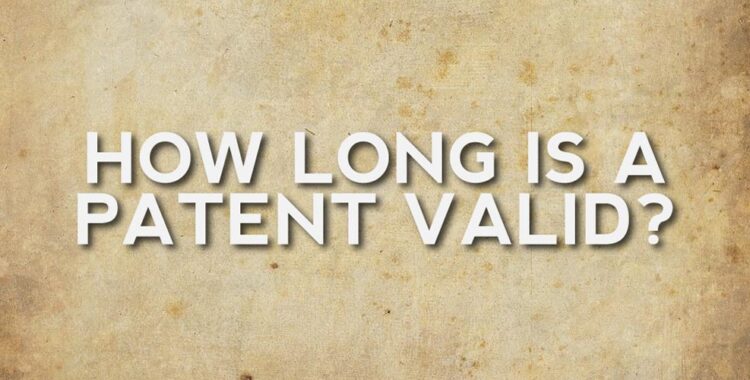How Long Is A Patent Valid?
A design patent is valid for 15 years from the date of issuance.
A utility patent is valid for 20 years from the date of filing its filing or the filing of its parent application. Though in some instances, time may be added by the United States Patent and Trademark Office (USPTO) should the patent examination process incur excessive delays.
Intellectual Property Playbook
An Entrepreneur's Guide To Patents, Trademarks, and Copyrights GET THE PLAYBOOK
Any additional hidden costs?
Design patents do not have any additional fees once issued – they are good for 15 years, and you don’t have to think about them again.
Utility patents require maintenance fees payable at 3.5 years, 7.5 years, and 11.5 years after issuance. These dates may seem odd, and they are. Because Congress couldn’t agree on the years, such as 3 years or 4 years, they split the difference, hence the half-years. These fees become progressively more expensive and the last maintenance fee is several times that of the first maintenance fee. That should not be of any concern to the new inventor however because the issuance of a patent alone takes 2-3 years and therefore the first maintenance fee is not typically due for at least 6 years after the inventor is awarded a patent. Moreover, as an inventor/business owner, you will know whether or not it makes sound financial sense to continue to pay those fees. A profitable invention certainly warrants the payment of those fees not only to provide the owner of the invention a continued stream of revenue but also to provide a property asset that can be used as collateral or sold to a third party.
Some clients are concerned that they will not have their patent forever, and at some point, others can freely copy it. However, inventors should remember that 20 years is a very long time. If their idea is successful, they will eventually rely on other rights or advantages to keep their business going. Most inventors improve upon their invention through the years and therefore file additional patent applications for these improvements.






